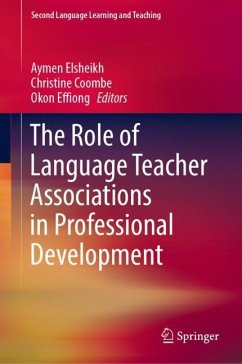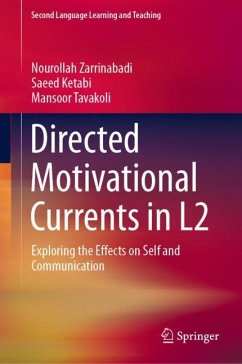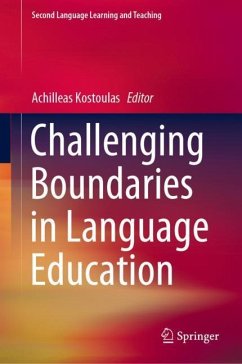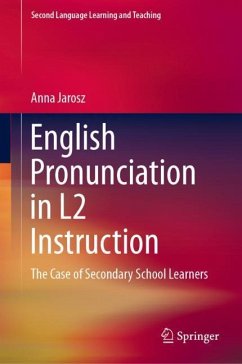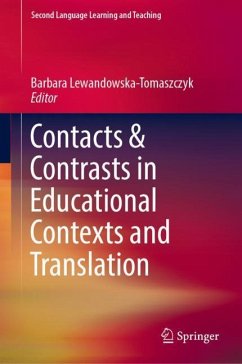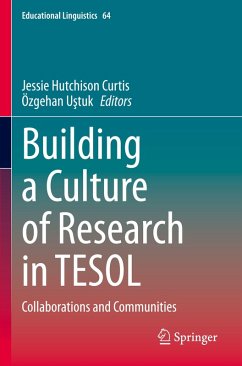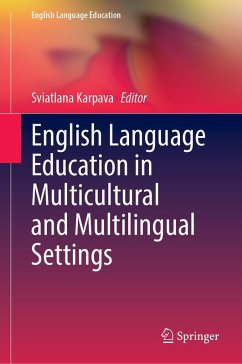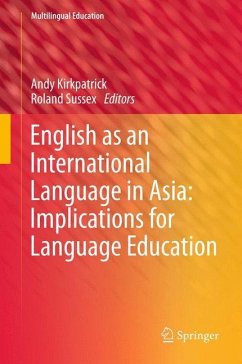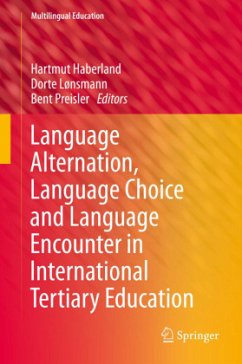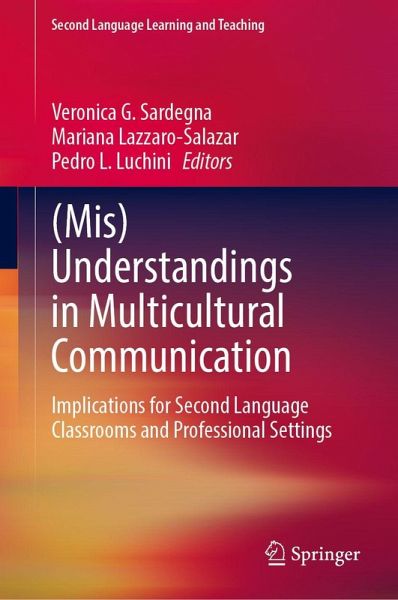
(Mis)Understandings in Multicultural Communication
Implications for Second Language Classrooms and Professional Settings
Herausgegeben: Sardegna, Veronica G.; Lazzaro-Salazar, Mariana; Luchini, Pedro L.
Versandkostenfrei!
Versandfertig in 6-10 Tagen
113,99 €
inkl. MwSt.

PAYBACK Punkte
57 °P sammeln!
This book explores how multicultural speakers interact in monolingual, bilingual, and telecollaborative contexts in order to establish evidence-based recommendations for best practices in second/foreign language classrooms and professional settings. The book features leading experts sharing valuable insights and cutting-edge research analyses of talk in interaction. It consists of six parts. Part 1 describes its main purpose, goals, focus, intended audience, and structure. Part 2 investigates how culturally and linguistically diverse speakers position themselves to achieve shared understanding...
This book explores how multicultural speakers interact in monolingual, bilingual, and telecollaborative contexts in order to establish evidence-based recommendations for best practices in second/foreign language classrooms and professional settings. The book features leading experts sharing valuable insights and cutting-edge research analyses of talk in interaction. It consists of six parts. Part 1 describes its main purpose, goals, focus, intended audience, and structure. Part 2 investigates how culturally and linguistically diverse speakers position themselves to achieve shared understandings, manage communication challenges, and negotiate cultural differences and misunderstandings during intercultural discussions in monolingual, bilingual, and multilingual classroom and workplace settings. Part 3 analyzes how pronunciation, identity construction, and intercultural awareness converge in diverse educational and sociolinguistic contexts and contribute to an increased appreciation of other cultures and worldviews. Part 4 offers a multidimensional understanding of how meaning is reframed across cultural and linguistic boundaries through textual communication practices, including the use of metaphors, queer translation, and literary discourse analysis. Part 5 evaluates best practices for teaching and assessing in person and online intercultural learning through study abroad programs, digitally mediated cultural exchanges, and telecollaborative projects. Part 6 brings together the accumulated evidence to suggest four main multicultural communication practices and propose 100 research questions for further inquiry. Due to its focus on theory, research, and practice, this book appeals to a mixed audience of applied linguists, researchers, translators, teachers, and other professionals with varying expertise in intercultural and multicultural communication skills development and a wide range of scholarly and teaching interests and perspectives.



